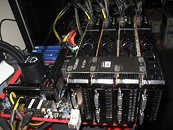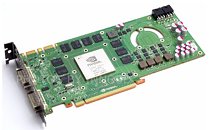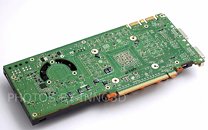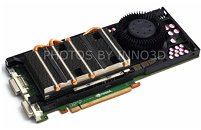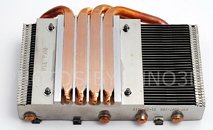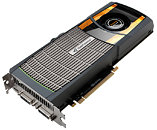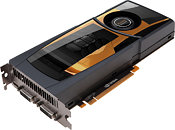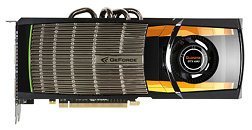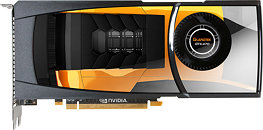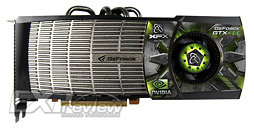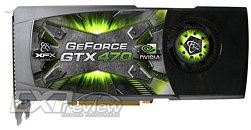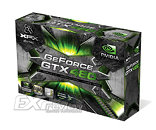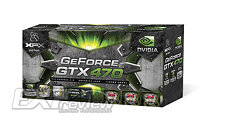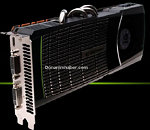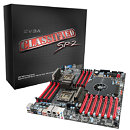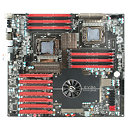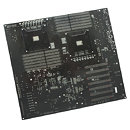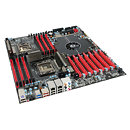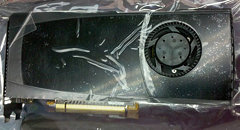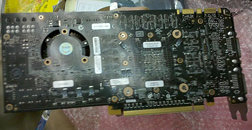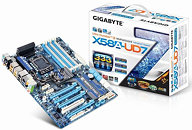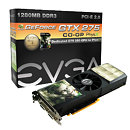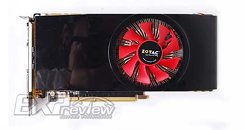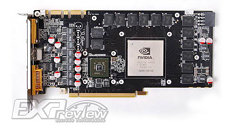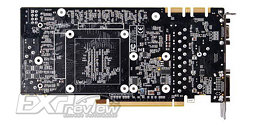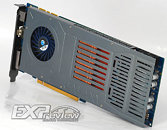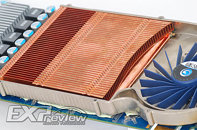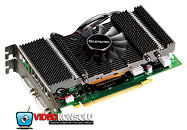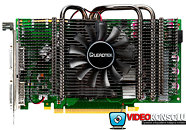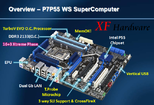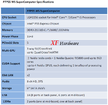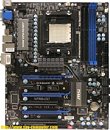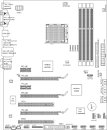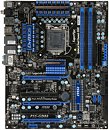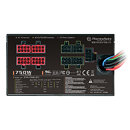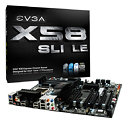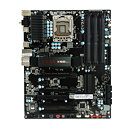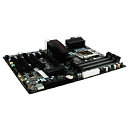
GeForce GTX 480 Supports 4-way SLI?
Soon after EVGA laid its hands on stocks of GeForce GTX 480 graphics cards, it claims from an internal test that 4-way SLI is possible on the reference design GTX 480 graphics cards. The GTX 480 was advertised to work with up to two more of its kind in 3-way SLI, in NVIDIA's presentations to the press. EVGA's feat of running four GTX 480 cards was possible on its X58 Classified 4-way SLI motherboard, which has room for four graphics cards, and a special SLI bridge that connects to four NVIDIA graphics cards with two SLI interconnect bridges each. EVGA released a special-edition GeForce GTX 285 4-way SLI ready graphics card to go with the motherboard.
The EVGA X58 Classified 4-way SLI isn't the only motherboard to support 4-way SLI, the recently released EVGA Classified SR2 also ships with the special SLI bridge. No other motherboard vendor released a 4-way bridge, yet. EVGA demonstrated the 4-way SLI setup with a run of Unigine Heaven, although it did not give away any performance numbers. 4-way SLI is not to be confused with Quad-SLI, which is also a four-GPU SLI configuration, but involves a 2-way SLI connection between two dual-GPU graphics cards (such as GeForce 9800 GX2, GTX 295, MARS). Any SLI-supportive motherboard supports Quad-SLI.
The EVGA X58 Classified 4-way SLI isn't the only motherboard to support 4-way SLI, the recently released EVGA Classified SR2 also ships with the special SLI bridge. No other motherboard vendor released a 4-way bridge, yet. EVGA demonstrated the 4-way SLI setup with a run of Unigine Heaven, although it did not give away any performance numbers. 4-way SLI is not to be confused with Quad-SLI, which is also a four-GPU SLI configuration, but involves a 2-way SLI connection between two dual-GPU graphics cards (such as GeForce 9800 GX2, GTX 295, MARS). Any SLI-supportive motherboard supports Quad-SLI.
